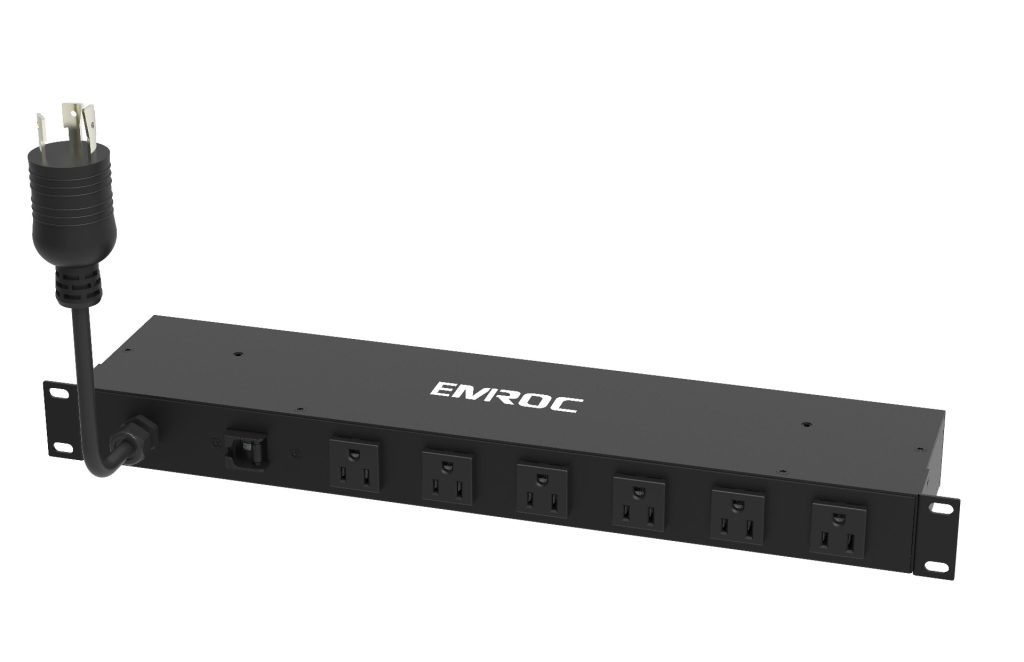In the ever-evolving landscape of data centers and server rooms, efficient power management is a crucial element that directly impacts operational reliability and sustainability. Cabinet Dedicated Power Distribution Units (PDUs) have emerged as a cutting-edge solution to address these challenges. This article delves into the significance of Cabinet Dedicated PDUs and how they are transforming power distribution within data centers.

The Evolution of Power Distribution: Data centers have evolved from small server rooms to sprawling facilities housing countless servers and networking equipment. This growth has led to an increased demand for power, coupled with the need for precise control and monitoring of energy consumption. Traditional power distribution methods often resulted in inefficiencies, as power outlets were shared among multiple devices, making it difficult to manage power consumption on a granular level. Introducing Cabinet Dedicated PDUs: Cabinet Dedicated PDUs offer a transformative approach to power distribution by providing individualized power management solutions for each server cabinet. Unlike traditional methods that involve distributing power from a centralized source, Cabinet Dedicated PDUs are designed to fit seamlessly within the cabinet itself. This localized distribution minimizes power loss, enhances efficiency, and provides greater flexibility in managing power loads. Key Benefits: Granular Control:Cabinet Dedicated PDUs enable administrators to monitor and allocate power at the cabinet level. This level of granularity allows for precise resource allocation, reducing the risk of overloading circuits and enhancing equipment performance. Reduced Downtime:By localizing power distribution, Cabinet Dedicated PDUs mitigate the impact of power disruptions. In the event of a fault or overload, only the affected cabinet is impacted, minimizing downtime across the entire data center. Enhanced Efficiency:Cabinet Dedicated PDUs reduce power wastage by minimizing the distance between the power source and the equipment. This reduction in energy loss translates to significant cost savings over time. Scalability:As data centers expand, the addition of new cabinets becomes straightforward with Cabinet Dedicated PDUs. The modular nature of these units simplifies the scaling process without requiring major infrastructure changes. Remote Management:Many Cabinet Dedicated PDUs come equipped with remote management capabilities. This feature empowers administrators to monitor power consumption, perform energy audits, and even remotely control power outlets, enhancing overall efficiency. Implementation Considerations: Power Requirements:Before adopting Cabinet Dedicated PDUs, it’s essential to assess the power needs of individual cabinets to ensure that the PDU’s capacity aligns with the equipment’s demands. Redundancy:Incorporating redundant Cabinet Dedicated PDUs can provide added reliability by offering a failover solution in case of PDU failure. Integration with Monitoring Systems:Ensuring compatibility with existing monitoring and management systems is crucial for seamless integration into the data center’s infrastructure. Conclusion: Cabinet Dedicated PDUs represent a significant advancement in power distribution strategies for modern data centers. Their ability to provide granular control, enhance efficiency, and streamline management makes them an indispensable component of the evolving data center landscape. As data centers continue to grow and evolve, adopting Cabinet Dedicated PDUs will undoubtedly play a pivotal role in ensuring reliable, efficient, and sustainable power distribution.